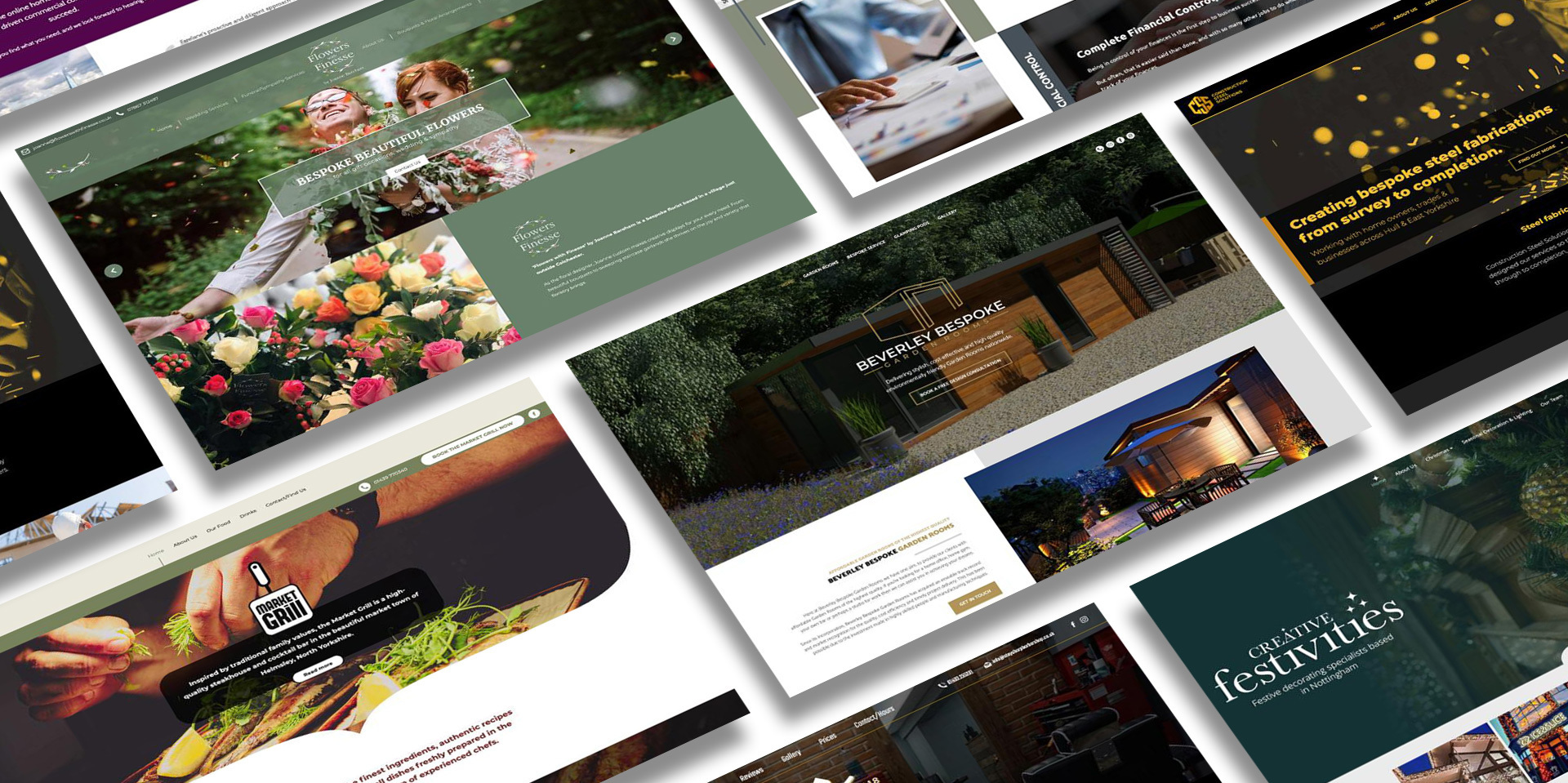How to make a portfolio website
Published on 3rd May 2023
Are you wondering what a portfolio website is and what you need to include? We are going to cover both of these points and show a few portfolio websites that it'seeze has designed. Portfolio websites are here to uniquely showcase your work and ensure the visitors will remember your business in the future!
What is a portfolio website?
A portfolio website is a website that showcases a person's or a company's work, achievements, skills, and capabilities to potential clients, employers, or collaborators. It is an online space where individuals or businesses can present their work samples, projects, case studies, and testimonials to demonstrate their expertise.
If you’re working in a creative field, a portfolio website is one of the best ways to showcase your work to future clients. However condensing your experience into one website can be difficult as you have a lot of factors to consider. In this guide, we’ll discuss key ways to make your portfolio website stand out from the other portfolio websites.
In summary, a portfolio website is a powerful tool for showcasing one's skills, work samples, and accomplishments (you need to really show off!). It can help individuals and companies stand out in their respective fields and attract potential clients, employers, or collaborators.
No matter the size of your company, it is absolutely essential that you have a unique online approach as it will allow potential clients to learn about your business which builds trust.

Do you need a portfolio website?
If you belong to one of the industrys below, then you should definitely consider a portfolio website:
If you don't see yourself within that list but are still questioning whether you would benefit from a portfolio website, then this is a sign you should definitely look into getting one. The idea is that if you are a creator then you need to showcase your work.
What to include on a portfolio website
Portfolio websites include a home page that introduces the creator or company and their area of expertise. Your homepage needs to be visual compelling to entice your visitors to explore and to further engage with your work.
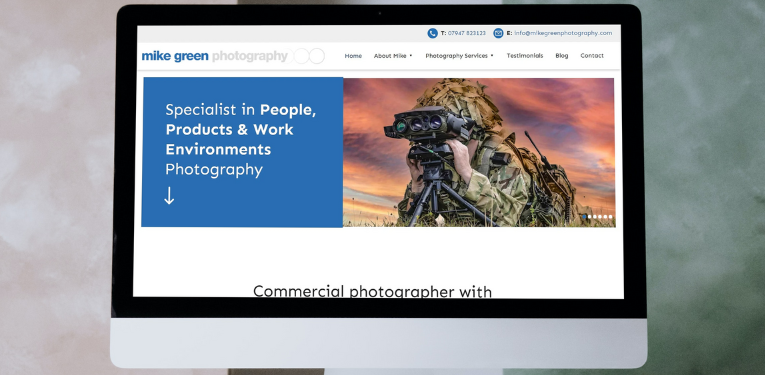
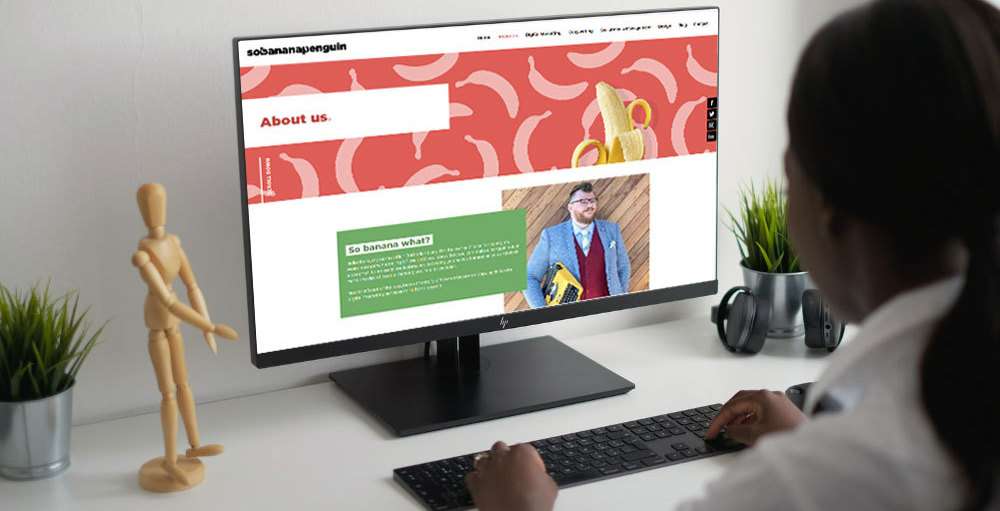
An "About" page that provides more detailed information about the creator or company's background, experience, and goals. If you offer specific services, such as graphic design or web development, create a page dedicated to describing these services in more detail.
The main component of a portfolio website is the portfolio/gallery section, which showcases the creator's work samples. These can be displayed in various formats, such as images, videos, or interactive demos. Remember to optimise all your media to ensure a quick page load!


If you regularly write about your industry or work, a blog can help establish you as an authority in your field and drive traffic to your website. Testimonials and case studies can also be included to provide social proof of the creator's or company's skills and abilities.
Portfolio websites should always include a contact page that provides a way for potential clients or employers to get in touch with the creator or company. Ensure your website includes a clear call-to-action, such as "Contact me for your next project" or "Schedule a consultation."

How to showcase your work on a portfolio site
Once you have the base of your portfolio website from following the tips above, now it's time for the tips to best showcase your work.
Curate your work: Choose your best and most relevant work to include in your portfolio. Select work that showcases your skills and expertise, and try to include a variety of projects that demonstrate your versatility.
Use high-quality images: High-quality images can make your work look more professional and attractive to potential clients or employers. Make sure the images are well-lit, in focus, and show your work in the best possible way.
Provide context: Provide a brief description of each project, including the goals, challenges, and outcomes. This helps potential clients or employers understand the context of your work and the value you can bring to their projects.
Include case studies: A case study is an in-depth analysis of a project, including the process, the challenges, and the outcomes. This can help potential clients or employers understand how you work and the results you can achieve.
Highlight your role: Make it clear what your role was in each project. This helps potential clients or employers understand your specific skills and expertise.
Use multimedia: Consider using videos, animations, or interactive elements to showcase your work in a more engaging way
Portfolio websites by it'seeze
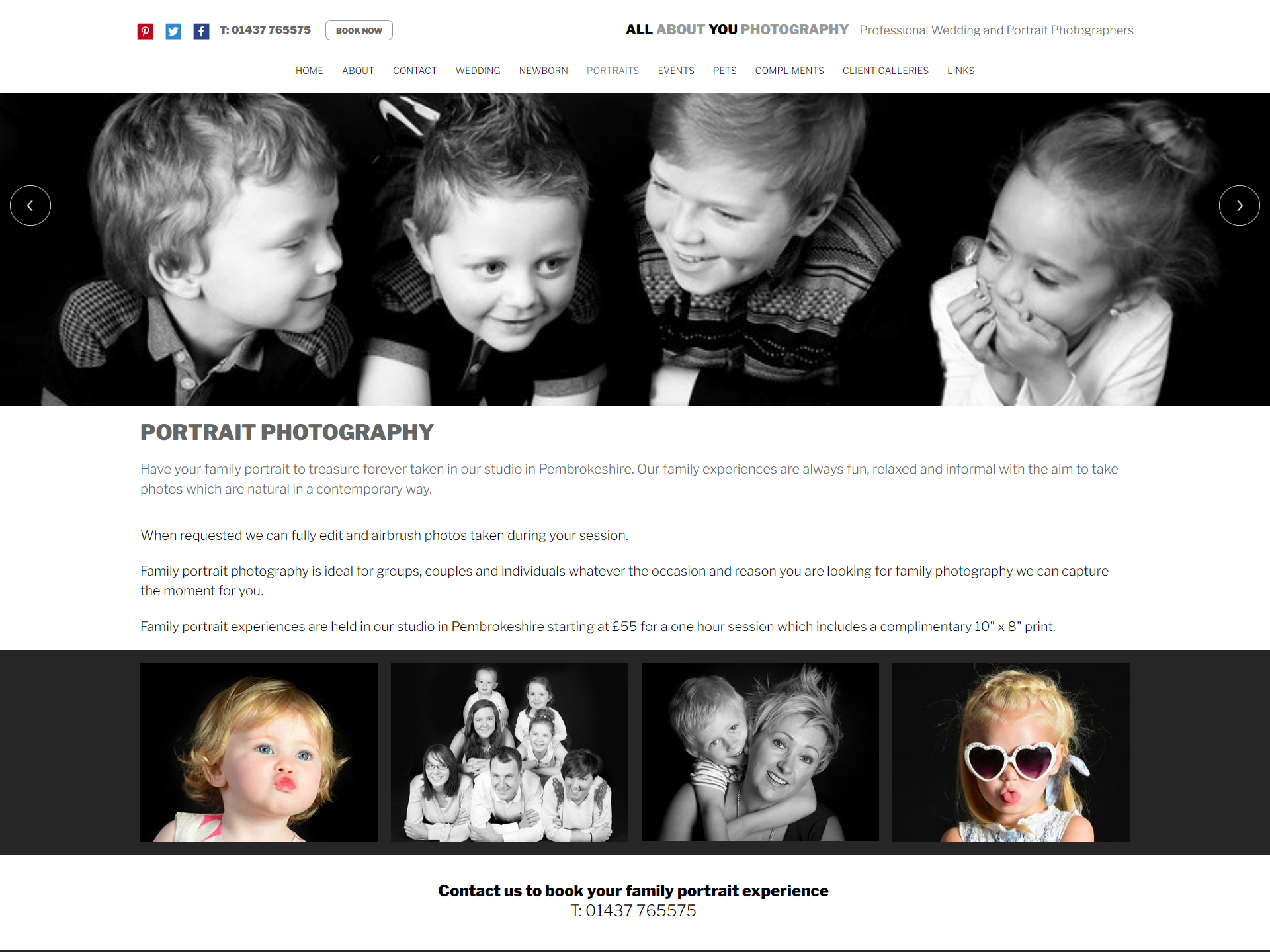

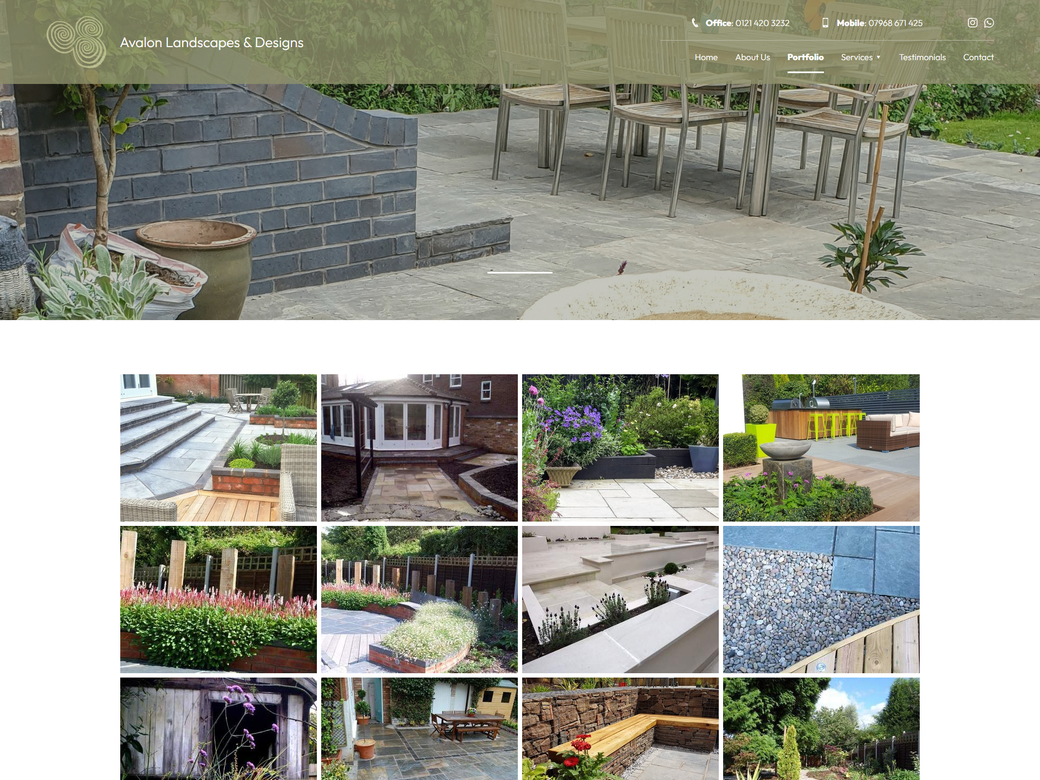

If you would like help in creating your own portfolio website, we can work with you to create a truly bespoke portfolio site that reflects your business and engages with your customers. You can contact us here or enquire through our quick quote button on the top right hand-side of your screen.
Tagged as: online marketing, web design
Share this post:
